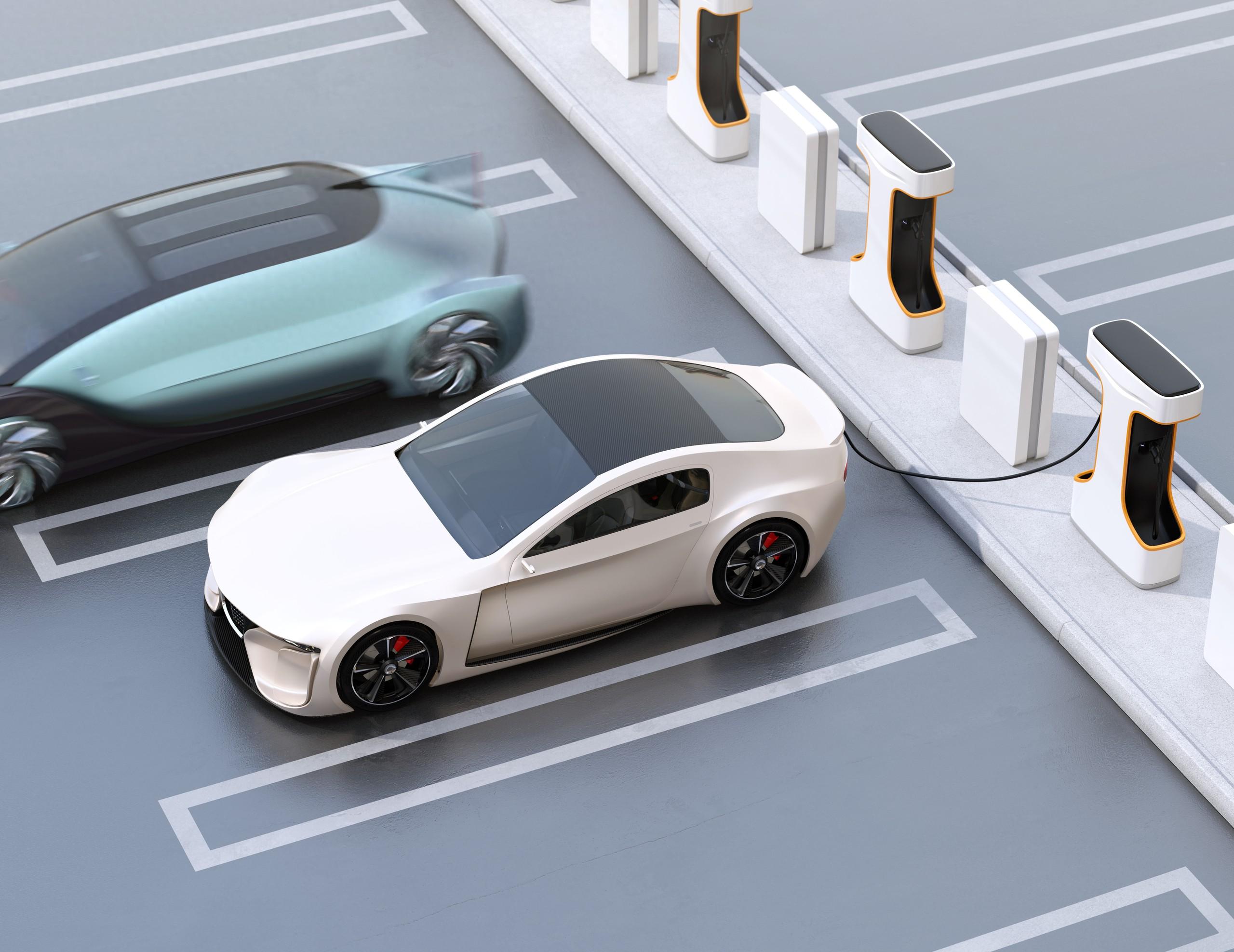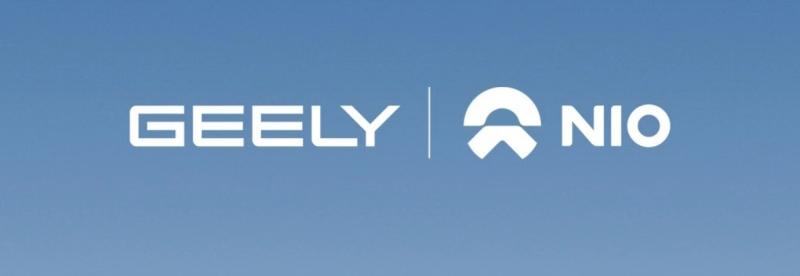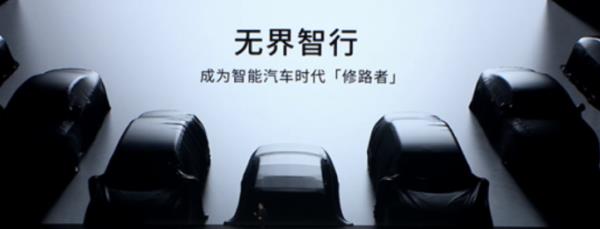Zhou Zhou Tan | Winter is coming, and the automobile industry is warming up.
Recently, Weilai has successively signed strategic agreements with Changan and Geely to cooperate in the field of power exchange; Mercedes-Benz and BMW jointly build an overcharge network in China; Tesla’s overcharge network is further open to non-Tesla owners.
Huawei and Chang ‘an set up a joint venture company for automotive intelligent systems, which is expected to attract FAW, BAIC, JAC, Chery, Celeste and other car companies to jointly invest and form an industrial alliance in the field of automotive intelligence.
Next door, Xingji Meizu, a Geely department, has also begun to build an open platform of "Unbounded Wisdom", aiming at empowering car companies with their ecological capabilities.
Various forces are camping in China market and grabbing positions. With the rapid progress of technology and the continuous emergence of innovative forces, a brand-new and more grand chapter of the era of electric intelligence is slowly opening, and its far-reaching influence and profound changes will exceed our imagination.
Mercedes-Benz and BMW announced that they will jointly build an overcharged network in China.
Event overviewOn November 30th, Mercedes-Benz (China) Investment Co., Ltd. and BMW Brilliance Automobile Co., Ltd. announced that they have signed a cooperation agreement, and they will set up a joint venture company in China with a share ratio of 50:50 to operate a super charging network in China market.
The new joint venture company will build at least 1,000 super charging stations and about 7,000 super charging piles in China. The first batch of charging stations are planned to start operation in key new energy automobile cities in China from 2024, and the subsequent construction of charging stations will also cover other cities and regions in China.
At the same time, in addition to providing exclusive services for owners of Mercedes-Benz and BMW, such as plug-and-charge and online booking, it will also be open to users of other brands of electric vehicles.

commentThis seems to be a heavy news, but when you think about it, you don’t think it’s that heavy.
I feel heavy because it is "unusual". Both Mercedes-Benz and BMW regard each other as their biggest competitors in China, both in terms of brand and sales volume. As far as I know, even the adoption of Mercedes-Benz logo or BMW logo in the pictures of news release by the media has become one of the KPIs of the communication department. The combination of these two enterprises brings a sense of contrast and drama.
I don’t think it is so heavy because the construction volume of the new joint venture company is too small. It is mentioned in the plan that "1,000 charging stations (including 7,000 charging piles) will be built", and the data of the Ministry of Industry and Information Technology show that the number of charging piles for new energy vehicles in China is 6.278 million. 7,000 compared with 6.278 million, which can be ignored.
Closer to home, the cooperation between Mercedes-Benz and BMW is reasonable for three reasons. First, the China market is very important to both companies. According to the statistics in the first three quarters, Mercedes-Benz sold 1,529,800 vehicles worldwide, China accounted for 578,700 vehicles, and China accounted for 37.8% of the global total. This figure for BMW is 37.2%. According to the historical data trend, this proportion will only get higher and higher. Because China is very important, it is reasonable to build infrastructure. Then why not use the infrastructure of a third-party organization? The next one will talk about it.
Second, because the new forces in China have formed a certain scale of recharging network and recharging network, and they are likely to form a recharging alliance with traditional car companies, with a huge momentum. The exclusive recharge network is an important factor affecting consumers’ decision to buy trams. Most of the two current energy-replenishing networks are provided by third-party suppliers such as Star Charging and Special Calls, but they are only labeled with their own brand logo. In other words, it will make the owner feel a lack of exclusivity and dignity.
Third, the over-filled piles are too expensive. According to public data, the construction cost of a super charging pile is about 200,000-300,000 RMB, and sometimes additional land cost and power supply access cost may be required. Based on at least 7,000 pieces disclosed in the announcement, that is 2.1 billion yuan. Crucially, 7,000 trees scattered on the land of China are almost "a drop in the bucket", and users hardly feel the concept of "network", just sporadic sites. Cooperation between the two companies can save some money. Then why not cooperate with Audi? That’s because Volkswagen Group owns a charging pile company called Camys in China. In the future, Audi, Porsche and other brands of Volkswagen Group may take this route layout.
Regarding the cooperation between Mercedes-Benz and BMW, it is worrying that the 50:50 share ratio of the new joint venture company will encounter a lot of troubles in implementation and increase the process. However, two companies with different tonality will inevitably encounter disagreement when jointly building charging piles.
Weilai and Geely cooperate in power exchange business
Event overviewOn November 29th, according to the official WeChat of Weilai and Geely Holding Group, they signed a strategic cooperation agreement on battery replacement in Hangzhou on the same day, and the two sides will carry out comprehensive cooperation in battery replacement standards, battery replacement technology, battery replacement service network construction and operation, battery replacement vehicle research and development and customization, battery asset management and operation and other fields.
According to the content of the agreement, Geely and Weilai will jointly build two major power exchange standard systems, namely "private car" and "operating car", through the mode of "joint investment, joint construction, sharing and joint operation", accelerate the communication and cooperation of vehicle terminal, station terminal, battery terminal and operation terminal, and expand the scale of power exchange network. At the same time, the two sides will also establish an efficient battery asset management system, establish a unified power exchange operation management system, and jointly develop power exchange passenger cars that are suitable for the power exchange systems of both sides.

commentLast week, Weilai just signed a cooperation agreement with Chang ‘an to jointly develop the power exchange business. From the cooperation content, the two cooperations are basically the same. This time it belongs to the expansion of "changing friends circle". According to Li Bin, chairman of Weilai, there are still 4-5 companies talking about it.
Since 2020, a series of documents, such as the Development Plan of New Energy Vehicle Industry (2021-2035), the Implementation Opinions on Further Improving the Service Support Capacity of Charging and Replacing Infrastructure, and the Notice on Starting the Pilot Application of New Energy Vehicle Replacement Mode, have been issued, which indicates that the replacement mode will become one of the main ways to replenish energy for electric vehicles and be vigorously developed.
Last week, we also mentioned that as more and more enterprises join the power exchange mode led by Weilai, it is expected to usher in the unification of industry standards, realize accelerated popularization, and bring a qualitative leap to the charging experience of electric vehicles.
Xingji Meizu followed the example of "Huawei mode" and built a car.
Event overview:On November 30th, Xingji Meizu held an autumn conference. In addition to mobile phones and AR products, Shen Ziyu, chairman of Xingji Meizu Group, announced that it will launch the "Unbounded Zhixing" platform to share the core capabilities of Flyme Auto with other car machines. At the same time, Meizu will rely on the manufacturing capacity of Geely Group to launch the first car MEIZU DreamCar MX, and the co-creation plan of this car will be launched in the first quarter of 2024.

comment: Let’s look at Flyme Auto first. This is the car system developed by Xingji Meizu. It has been announced that it will be carried on the Link 08. Now it’s a step further. The company will open the core competence of Flyme Auto to other brands through Flyme OS (Unbounded Smart Platform). For example, the polar star Polestar OS has been connected to the platform. To put it simply, Lectra 08 is equipped with Flyme Auto ontology, while Polestar OS is a car system based on Flyme Auto and according to the requirements and tonality of Polar Star brand.
In the future, the Unbounded Zhixing platform will also empower other brands’ car systems in this way, and even the LinkedIn 06 equipped with related systems will be sold in Meizu stores in the future. This model is similar to Huawei’s HarmonyOS Zhixing. The only difference is that Huawei empowers other car companies, while Xingji Meizu itself is a Geely company, which empowers brands under Geely Group.
This means that there can be no Geely name among Huawei’s smart car selection business partners. In the new joint venture between Changan and Huawei, Geely also has a high probability of not joining the ranks of shareholders.
As for Meizu building a car, it is actually not difficult. Compared with Xiaomi’s hard-earned qualification, Meizu can directly use Geely’s manufacturing ability. The gimmick of the new car is that it allows users to deeply participate in customization, including defining a lot of personalized details such as painting, interior and car theme-this seems to be nothing new.